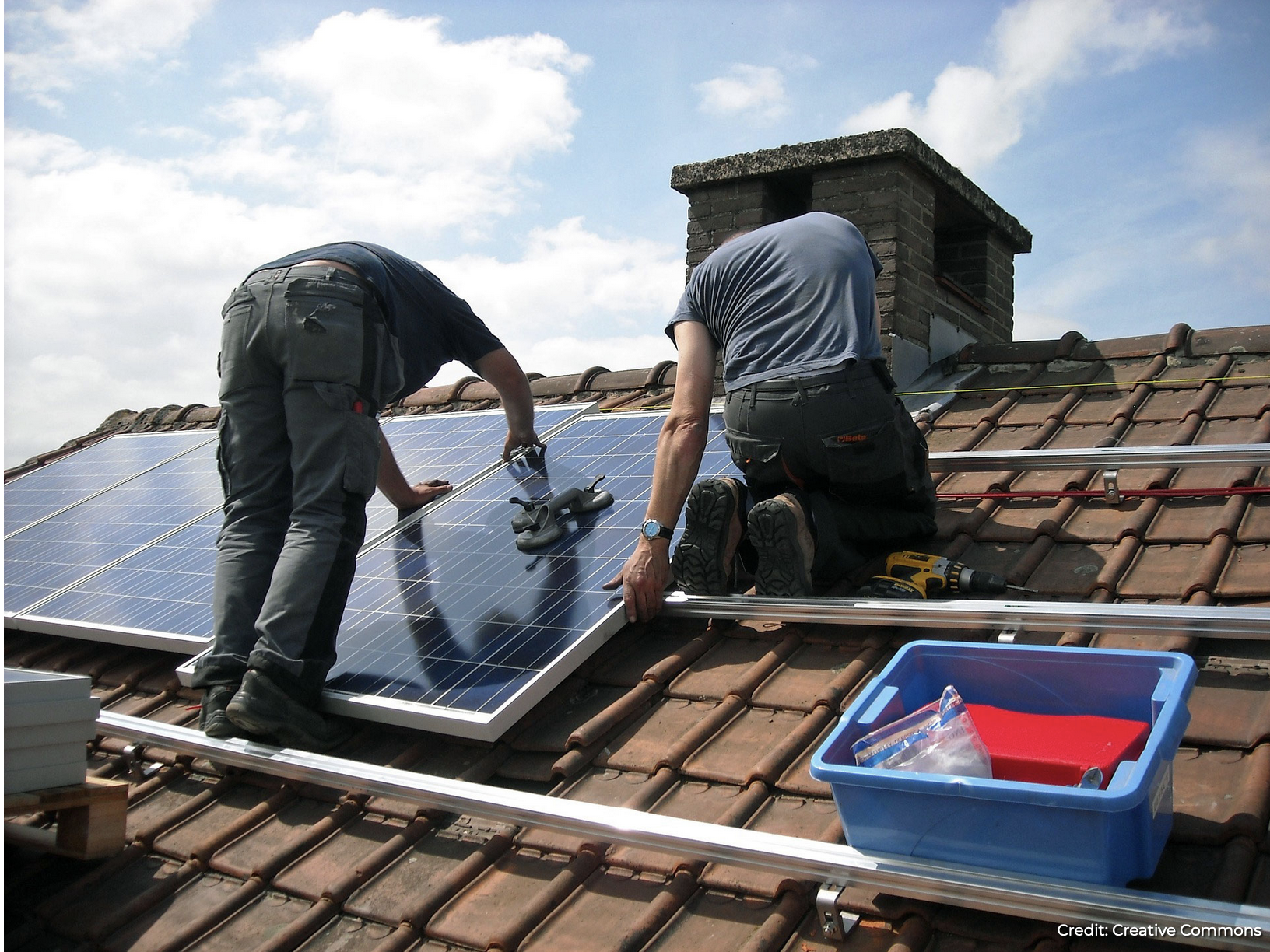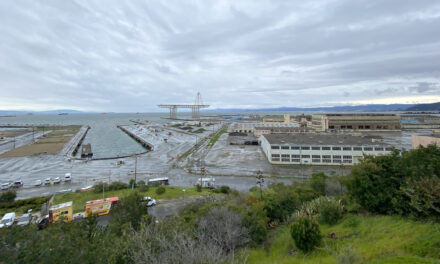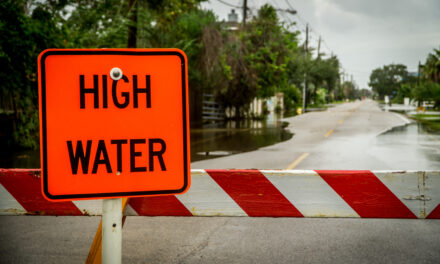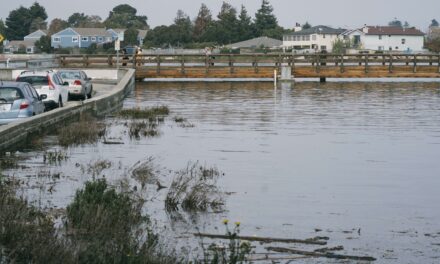Clean Energy, Dirty Practices
A program conceived to help homeowners invest in clean, energy-efficient home upgrades may actually be precipitating some low-income Californians’ collapse into debt and foreclosure. The PACE (Property Assessed Clean Energy) financing program was meant to provide incentives for homeowners to make energy-efficient home improvements without taking on often steep upfront costs. However, predatory, for-profit contracting and financing practices have turned the program into a disaster for low-income homeowners.
In what has become an all-too-common practice, door-to-door salesmen will target low-income residents, often elderly or monolingual Spanish speakers, and convince them to sign contracts for projects like solar panels or energy-efficient windows. However, residents are often left unaware that the financing for the work will come from a property tax assessment and a tax lien on the property, and for-profit contractors often leave work done shoddily or even incomplete. Homeowners are left with vastly increased property taxes and little to nothing to show for it in energy savings.
In one example outlined by the National Consumer Law Center, a door-to-door salesman convinced an elderly, Spanish-speaking homeowner to purchase solar panels. The salesman gave the impression that the homeowner would receive a $10,000 tax credit, their property value would increase, and their energy bill would go down. Documents provided to the homeowner were in English only and buried crucial information the salesman did not express, such as that the homeowner’s income did not qualify her for the tax credit, or that the tax lien put on her property to finance the work would make it difficult for potential buyers to obtain a loan. While her energy bill may have decreased, it was replaced with a $450 monthly tax bill she was unable to pay. She now faces foreclosure.
The UC Berkeley Environmental Law Clinic published a paper underscoring the program’s riskiness for low-income households. Because program eligibility is based on property value instead of credit score, “low-income homeowners may qualify to use PACE even when they would not ordinarily qualify for a loan,” the paper states. “Without energy savings certain to offset or at least meaningfully mitigate PACE assessment costs, additional property tax costs put 3.5 million Californians … at risk of losing their most precious asset.”
The Building Decarbonization Coalition (BDC) does not support PACE as a funding option for low-income customers because of the high-risk nature of the property tax assessments, says Michael Lane of the San Francisco Bay Area Planning and Urban Research Association (SPUR). BDC’s document “Towards an Accessible Financing Solution” suggests, as an alternative, a system of tariffed investments with on-bill cost recovery. Essentially, a utility can make a clean-energy investment on a specific property in their service area, then can recover the cost of the investment through a charge on the energy bill offset by the customer’s new savings on energy use.
Nick Josefowitz of SPUR says that, while programs like PACE are critical for helping all Californians decarbonize their homes, “there needs to be more aggressive regulation to stop the type of fraud that we are seeing with PACE.”
Other Recent Posts
Being Bike-Friendly is Gateway to Climate Advocacy
Four Bay Area cyclists push for better city infrastructure.
Can Colgan Creek Do It All? Santa Rosa Reimagines Flood Control
A restoration project blends old-school flood control with modern green infrastructure. Is this how California can manage runoff from future megastorms?
San Francisco Youth Explore Flood Risk on Home Turf
At the Shoreline Leadership Academy, high school students learn about sea level rise through hands-on tours and community projects.
Federal Funding Flip-Flops Stop Work on California Forest Safety and Working Lands Projects
Federal funding cuts halt wildfire protection and farm aid across Sonoma and California’s Resource Conservation Districts.
Bumpy Road Ahead for Fast-Tracking Program?
The multi-agency BRRIT has streamlined wetland permitting, but ongoing federal cuts could slow its progress.
Too Bad Golden Gate Ferry Sticking With Diesel
Despite its pro-environment history, the Golden Gate District is resisting ferry electrification, frustrating advocates for a zero-emission fleet.
A Ramble Around Pacheco Marsh
We tour Pacheco Marsh, a once-rough patch of Bay shoreline that is now a green refuge for walkers, birds, and even paddleboarders.
ReaderBoard
Once a month we share reader announcements: jobs, events, reports, and more.
Slow Progress on Shade For California’s Hottest Desert Towns
Coachella Valley communities face record temperatures with little shade. Policy changes lag as local groups push for heat equity.
In Uncertain Times, the Port of Oakland Goes Electric
A $322M grant powers Oakland’s port electrification — cleaning air, cutting emissions, and investing in community justice.










